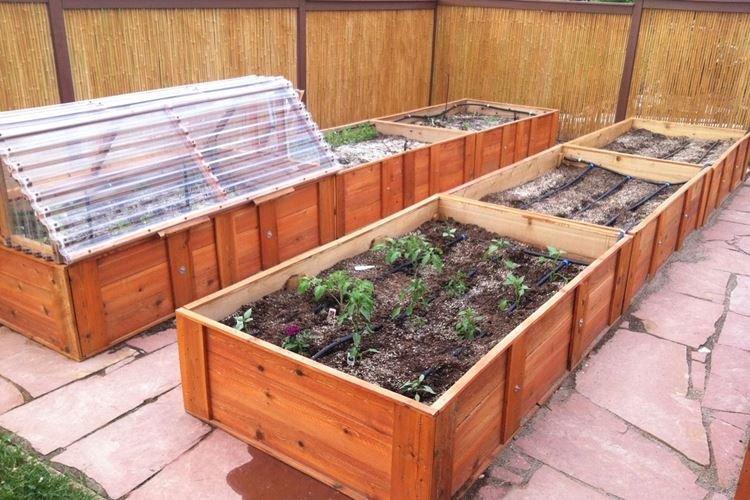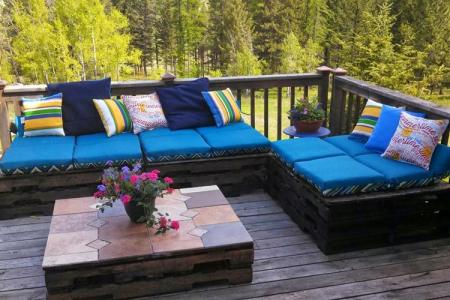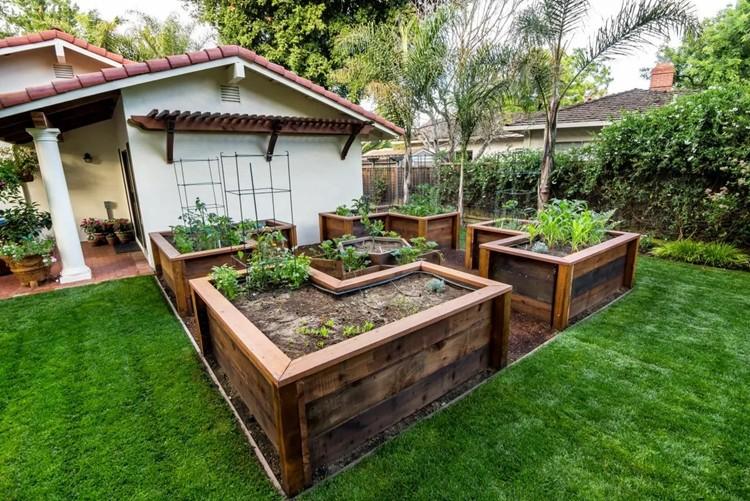
Many summer residents suffer from poor soil, proximity to groundwater and other problems, because of which it seems impossible to plant seedlings. This is why high beds appeared! You do not have to constantly bend over, and plants - to fight for nutrients with weeds and tree rhizomes. Solid amenities, which you can equip with your own hands!
Why are high beds needed?
If you have bad soil on the site, it is much more convenient and more economical to distribute the imported fertile land in separate boxes than throughout the entire territory. In arid regions, it is easier to maintain moisture, and in areas that are too humid, plants will not rot.
You can make a fence with your own hands from any available materials. The land will have to be completely changed periodically, but this is not difficult in ready-made boxes. But the harvest will be several times better! And high beds also allow you to use slopes, weed soil and any other problem areas.
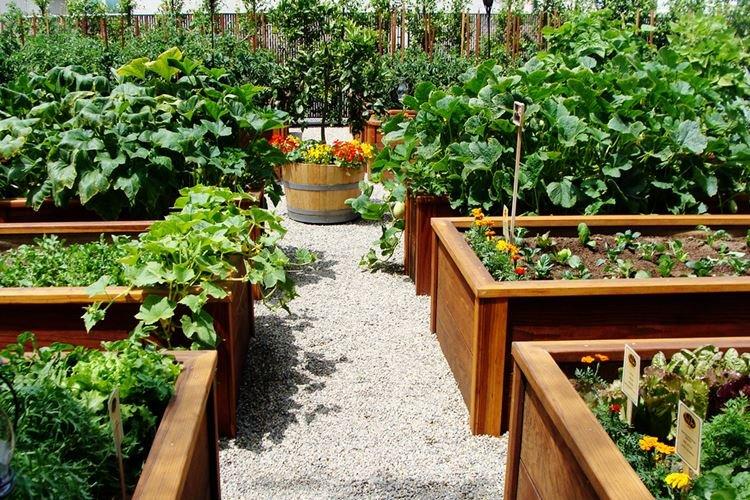
Sizes of high beds
The optimal height for high beds is 20-60 cm, taking into account the specifics of the crop you are planting. For example, beds that are too high freeze through in winter, because they do not have protection in the form of a snow cover. This does not matter for an annual flower bed, but it is fundamentally important for perennial fruit crops.
The optimal width is 60-120 cm, because you have to constantly process it. If the approaches are from one side, do not take more than 70 cm, and if from two sides, feel free to start from a meter. In complex compositions, think over and lay the paths in advance. The main thing is that in any case you can get to the middle of the garden.
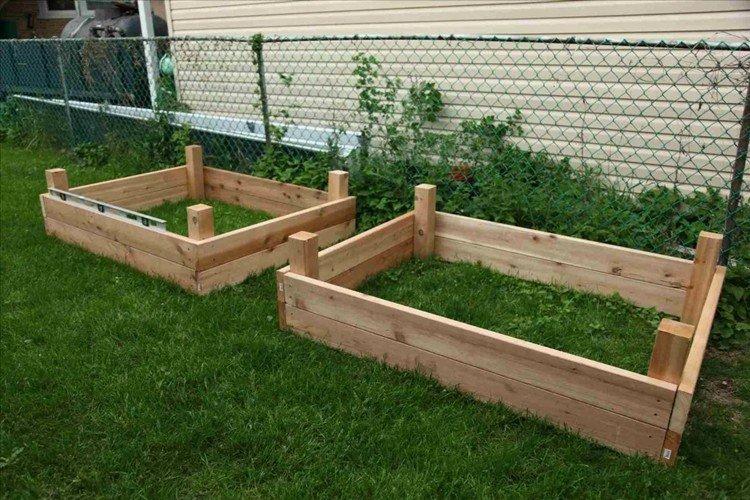
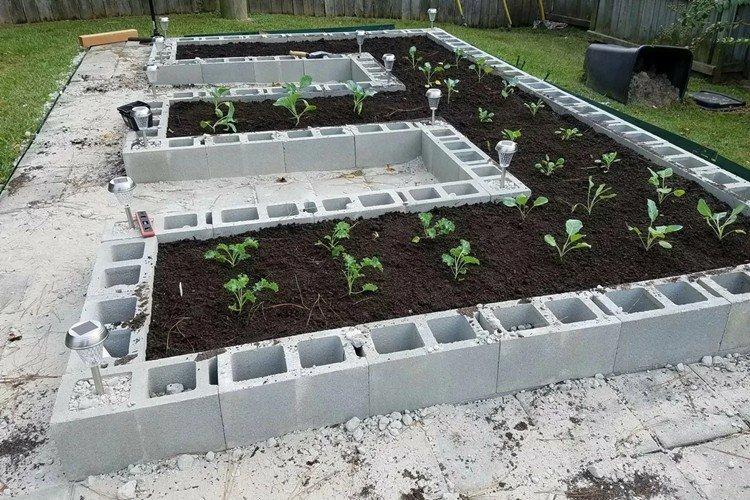
Soil for high beds
You need the lightest, loosest and most nutritious soil possible. Add peat for a crumbly airy structure and compost for quality. During the season, you will periodically have to add soil as it is compacted, washed out or blown out. Plants in such a bed are planted much more often and closer than on a regular one.
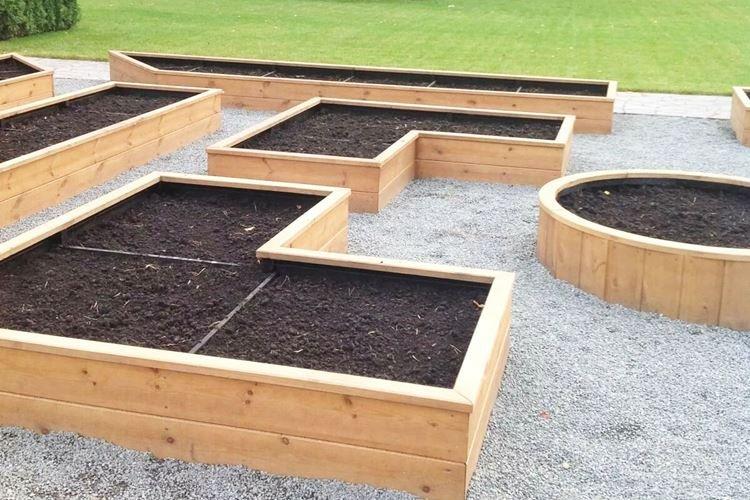
Fences for high beds
A high bed resembles an ordinary box without a bottom, which is built right on the ground. Technically, the walls are made from any material that is harmless to plants. Therefore, choose what is more convenient for you and what is available.
Wood
Wooden fences are the most common because they are cheap, practical and environmentally friendly. It is better to take hardwoods that do not suffer from moisture as much as budget needles. Do not use old wood from a construction site if it has been treated with any kind of chemicals. For processing the box, choose special environmentally friendly and harmless products, because their particles will inevitably fall into the ground anyway.
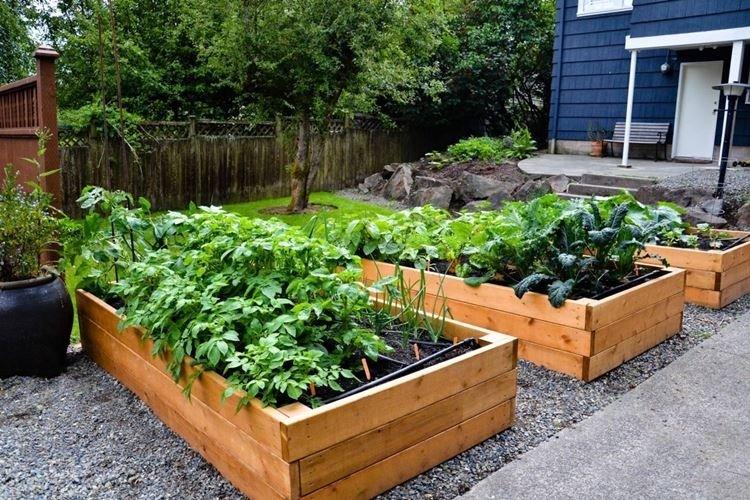
Concrete
Before making the formwork and pouring it with concrete, keep in mind that it has its own acidity. And for several more years it will affect the acidity of the soil, which will have to be corrected. Otherwise, it is a very reliable, practical and durable option.
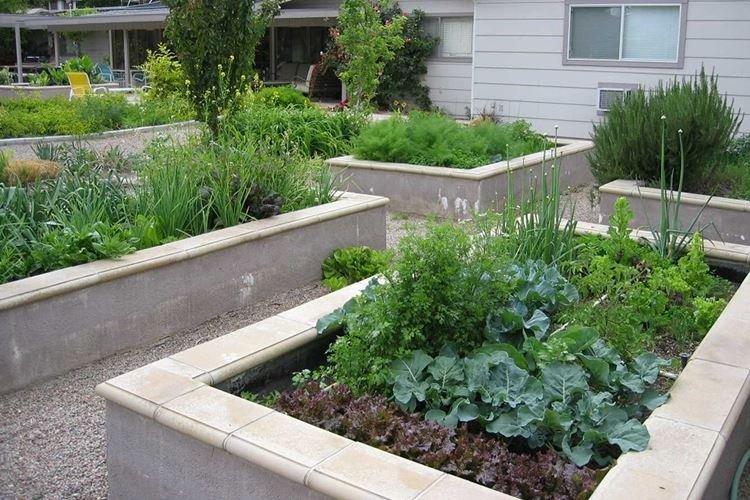
Plastic
Plastic is a simple, lightweight and cheap material that does not allow moisture to pass through. It is durable, unpretentious and with good insulating properties, although it does not look as impressive as wood or stone. But plastic is easy to give any shape, for example, for circular landings.
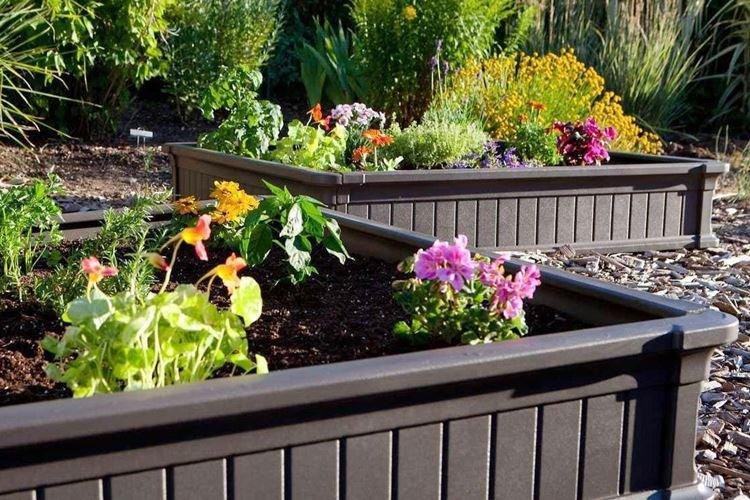
Wicker high beds
Wicker fences are appreciated for their beauty, elegance, complete environmental friendliness and air permeability. But there is also the other side of the coin, because the soil in such a bed can wake up in the cracks and will dry out faster. To do this, you need to cover the box around the entire perimeter with packing cardboard and take care of thermal insulation.
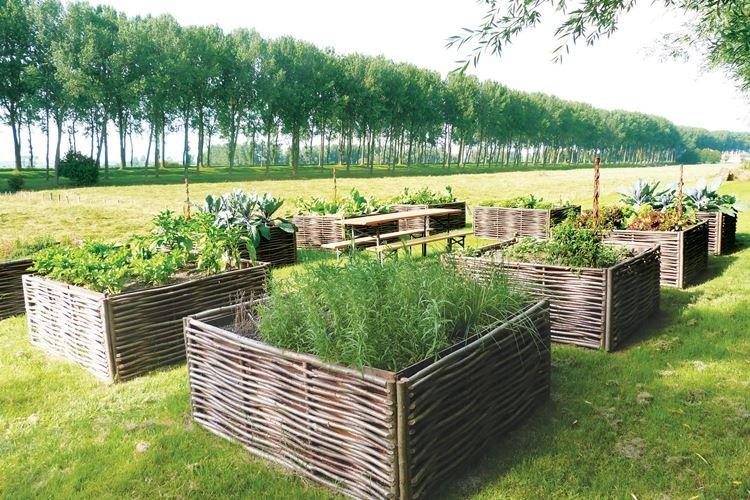
Brick
The brick looks perfect on the site around the same brick house - nothing will be knocked out of the composition. It retains heat well, but you need to think about waterproofing at the seams. To create beds, the simplest staggered masonry is suitable, which even beginners can handle.
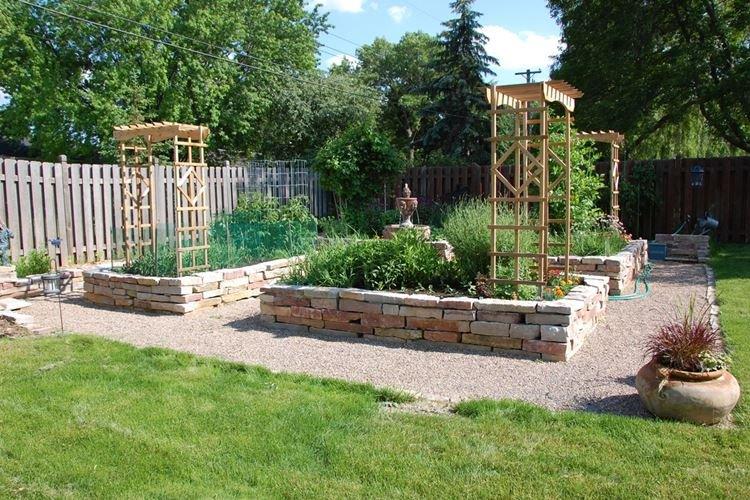
Metal profile
Any metal profile is well suited for creating the walls of a high bed. You can take the leftovers after building a fence or repairing a roof. But keep in mind that metal is more difficult to work with, it requires protection from moisture and does not look so elegant.
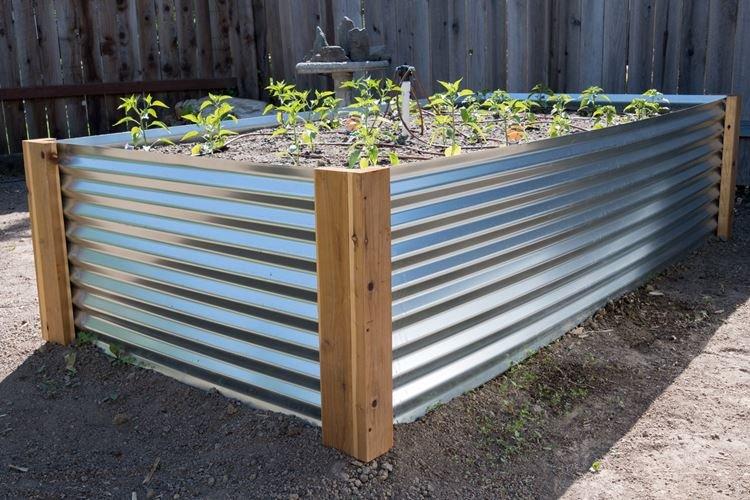
Slate
Sheets of any slate will do - smooth or wavy, old or new. They just need to be cut into strips according to the size of the box and put in their places. You don't have to worry about asbestos in the composition: it does not dissolve in water, so it will not get into the ground.
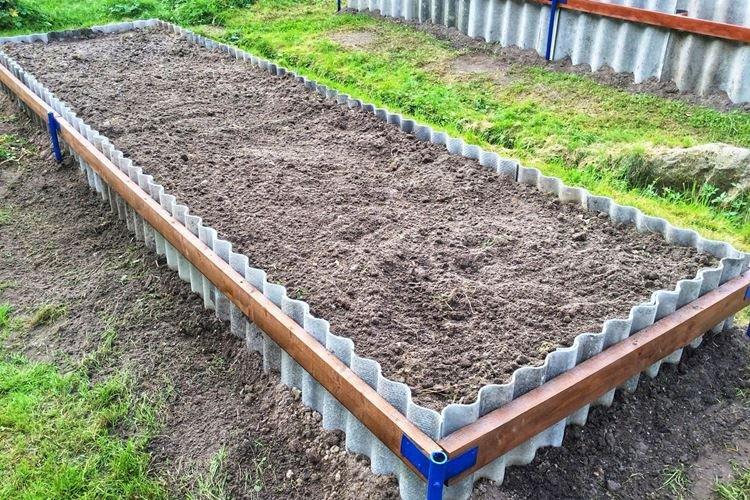
A rock
There are two ways to use stone to create tall beds. More complex, but more effective is masonry, similar to brick. The option is simpler and faster - to fill it with small stones with a fence made of two nets. Crushed stone, pellets or decorative pebbles are laid in the grid.
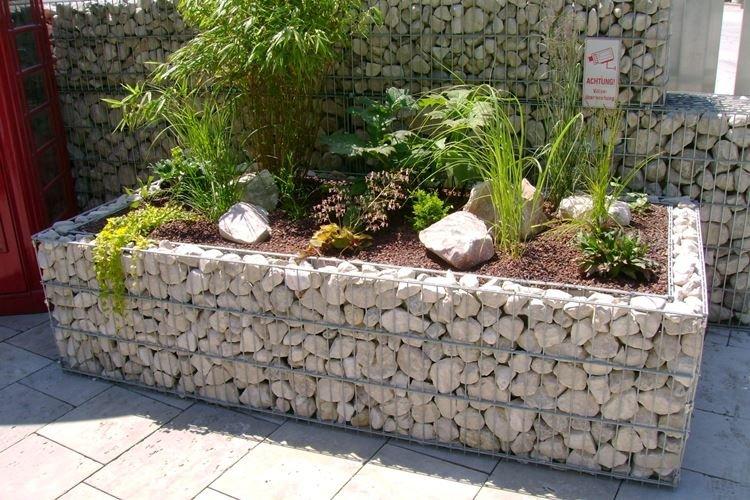
Straw
If you need a tall bed for literally one season, or you just want to try and compare for the first time, make a fence made of straw. To do this, tie small bundles and secure them around the selected area with wire. It is quite enough to maintain the temperature and humidity regime, and in the future you will start up the walls for fertilization!
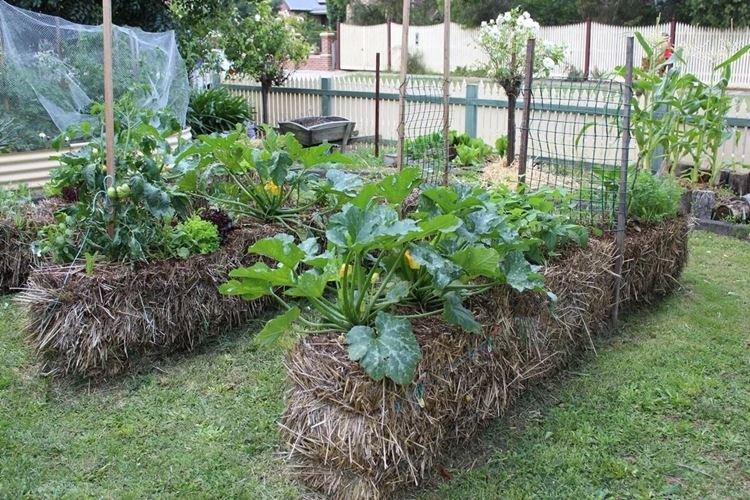
How to make a high bed with your own hands
First, mark the place on the site with rectangles of the desired size. Then install the posts and already along them - a fence made of boards, bricks or any other material. In the end, check all the vertical and horizontal lines with a level - you get a strong box without a bottom.
It is more convenient to make high beds from several modules - then they can be lengthened and combined at your discretion. Further, the whole structure is laid out in layers from bottom to top. To protect the garden from rodents, lay a fine metal mesh on the bottom, which will slightly extend beyond the walls.
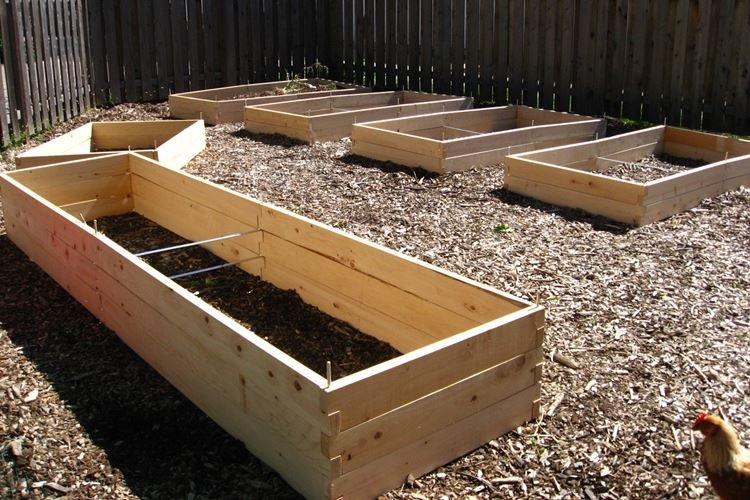
If the problem of your site is moisture, make a complete waterproofing of the box. To do this, lay the roll insulating material down, and cover the walls with foil or coat with mastic. High-quality modern geotextiles can even be used instead of mesh.
For drainage, fill in branches, twigs and any other wood residues. They keep moisture from drying out prematurely and create a healthy microclimate in the box. On top, fill in another layer of the same, but smaller - you can add stems, straw, remnants of corn cobs to it.
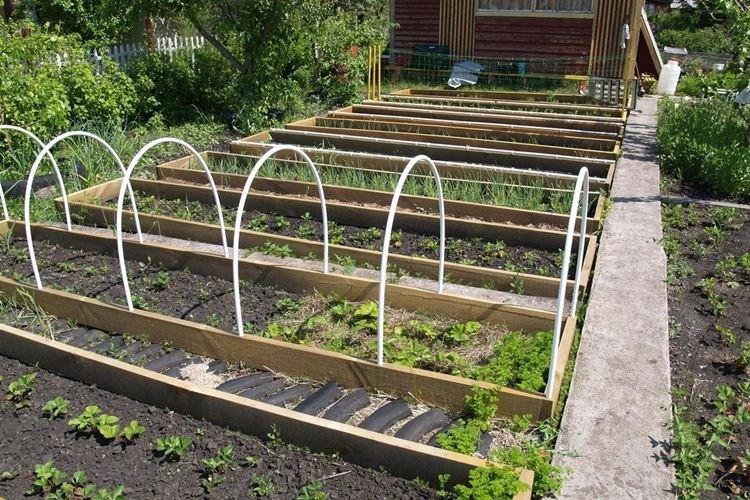
To prevent the soil from washing out, lay the usual corrugated cardboard in two layers - most importantly, not glossy with toxic lead paints. Then - another thin layer of grass with foliage and finally soil. If the bed is very long, divide it into squares with spacers to redistribute the pressure on the side walls.
Immediately install an irrigation system around the perimeter and fix pipe trellises next to the box. They will not only provide support for tall and climbing plants, but also create partial shade on hot days. You can run any decorative liana with beautiful flowers on the net.
It is very convenient to adapt a high bed for a temporary greenhouse for seedlings. The boxes warm up well and quickly, so the seedlings take root faster, and the seeds germinate. From such a bed, there will certainly be a very generous and bountiful harvest.
